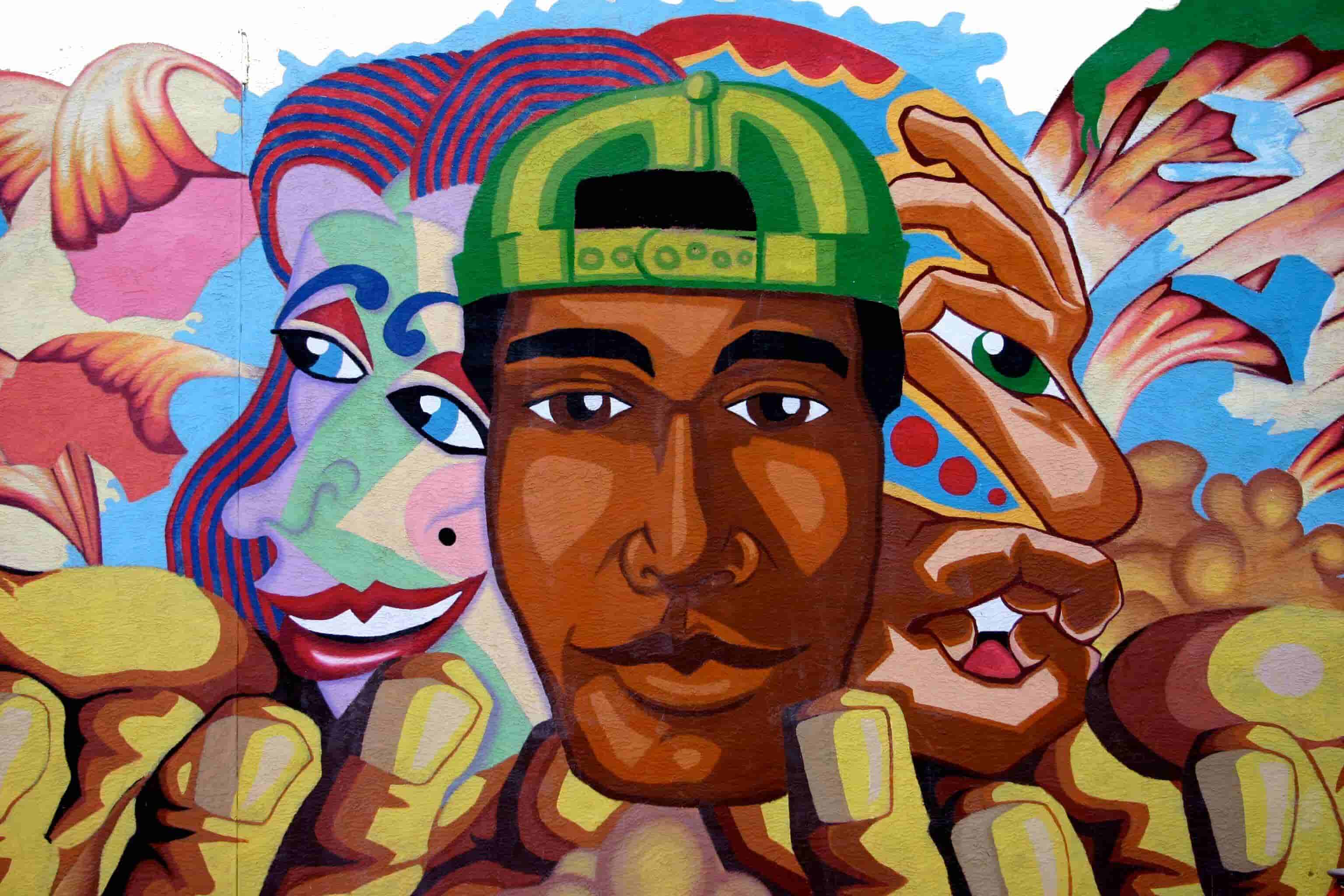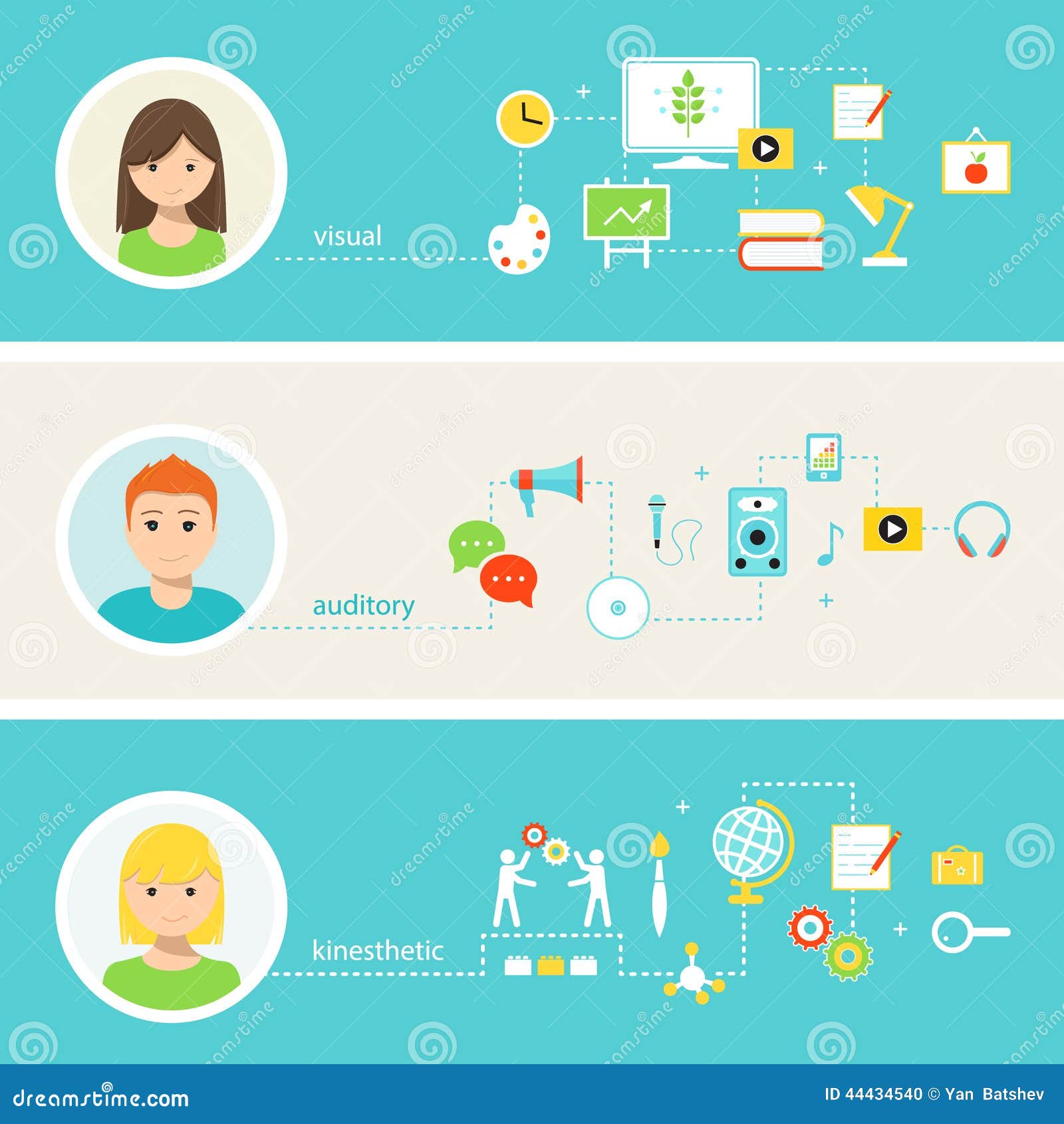
Finally, I suggest possibilities for considering an archaeology of the senses that extends beyond the limits of a singular human body in order to more fully embrace the conceptual nature of ancient Mesoamerican experience. It emphasizes a diachronic, comparative approach, common in Mesoamericanist archaeology, which forces scholars to go beyond the identification of specific stimuli on discrete senses and enables them to study contexts of heightened synaesthetic experience, as well as those contexts' affective and symbolic meanings. Auditory imagery refers to the generation of auditory objects in the absence of external stimu-lation (Moseley et al., 2018). I have an inner monologue, which always sounds like my own voice and it’s very faint, but that is the extent. I can recall songs and create new songs in rich detailevery drum hit, every guitar harmonic, every orchestral part.

This chapter provides an overview of sensorial studies in Mesoamerica that highlights the rich and diverse evidence available. As lacking as my visual imagination is, my auditory imagination is superb. Performance: Connections Between Auditory Imagery and Motor Behaviors (. Archaeological remains, art, ancient and historic textual sources, and ethnographic observations complement and inform one another in those investigations, many of which stress the particular conceptions of bodies, sensorial hierarchies, and lived experiences across the culturally and linguistically connected region extending geographically from northern Mexico to Costa Rica. I have also found a Doctor of Musical Arts thesis Mental Representations in Clarinet. The cultural construction of experience and perception has been a topic of interest among scholars working in Mesoamerica for decades. He is the author of Qoheleth: A Commentary (2004) and Das menschliche Herz und die Weisung Gottes: Studien zur alttestamentlichen Anthropologie und Ethik (2009). Thomas Krüger is Professor of Old Testament at the University of Zurich. She is the author of Der Mensch, das Bild Gottes? Zum Gedanken einer Sonderstellung des Menschen im Alten Testament und in weiteren altorientalischen Quellen (2011). Features Exploration of the relationship between sensory experience and reasoning Assessments of how theory and practice of the senses relate to each other Essays examining connections between emotions and senses Annette Schellenberg is Professor of Old Testament in the Faculty of Protestant Theology at the University of Vienna. This collection provides a stimulus and a basis for students and scholars to explore the senses in the ancient Near East. Experts offer insights into the meaning of the senses in the ancient world, examining the classical senses (seeing, hearing, touching, smelling, tasting) as well as other senses (such as kinesthesis and the sense of balance) and sense-related issues (such as disgust, sensory imagination, and disabilities). In this collection of eighteen essays, biblical and ancient Near Eastern scholars, as well as cultural anthropologists, apply the questions and methods from anthropological and sociological studies to Israel, Mesopotamia, and Egypt.

Several lines of research are proposed.An interdisciplinary essay collection from an international group of experts For several decades sociologists and cultural anthropologists have intensively researched the role of the senses in a variety of cultures, and their studies show how diverse cultures understand and evaluate the five or more senses differently. The discrepancies in the results only lead to more questions being asked than answered. Moreover, conflicting results have been obtained on the influence of dissociative experiences on dissociative skills in 2 auditory imagery tests.


In this study, however, significant differences were only observed on the Auditory Imagery Questionnaire (AIQ) between individuals scoring high or low on the DAS. Auditory phenomena and conditions such as tinnitus, earworms, musical hallucinations have served as the impulse to set up an installation that provides an. Significant differences on the auditory imagery (CAIS) have been found between individuals scoring high or low on the DES and DAS. A total of 170 fine arts undergraduates (94 women and 76 men) received 2 dissociation questionnaires-the Dissociative Ability Scale (DAS), and the Dissociative Experiences Scale (DES)-and 2 auditory imagery questionnaires-the Auditory Imagery Questionnaire (AIQ) and the Clarity of Auditory Imagery Scale (CAIS). The relationship between dissociation and auditory imagery were assessed, 2 variables that sometime influence on artistic creativity.


 0 kommentar(er)
0 kommentar(er)
